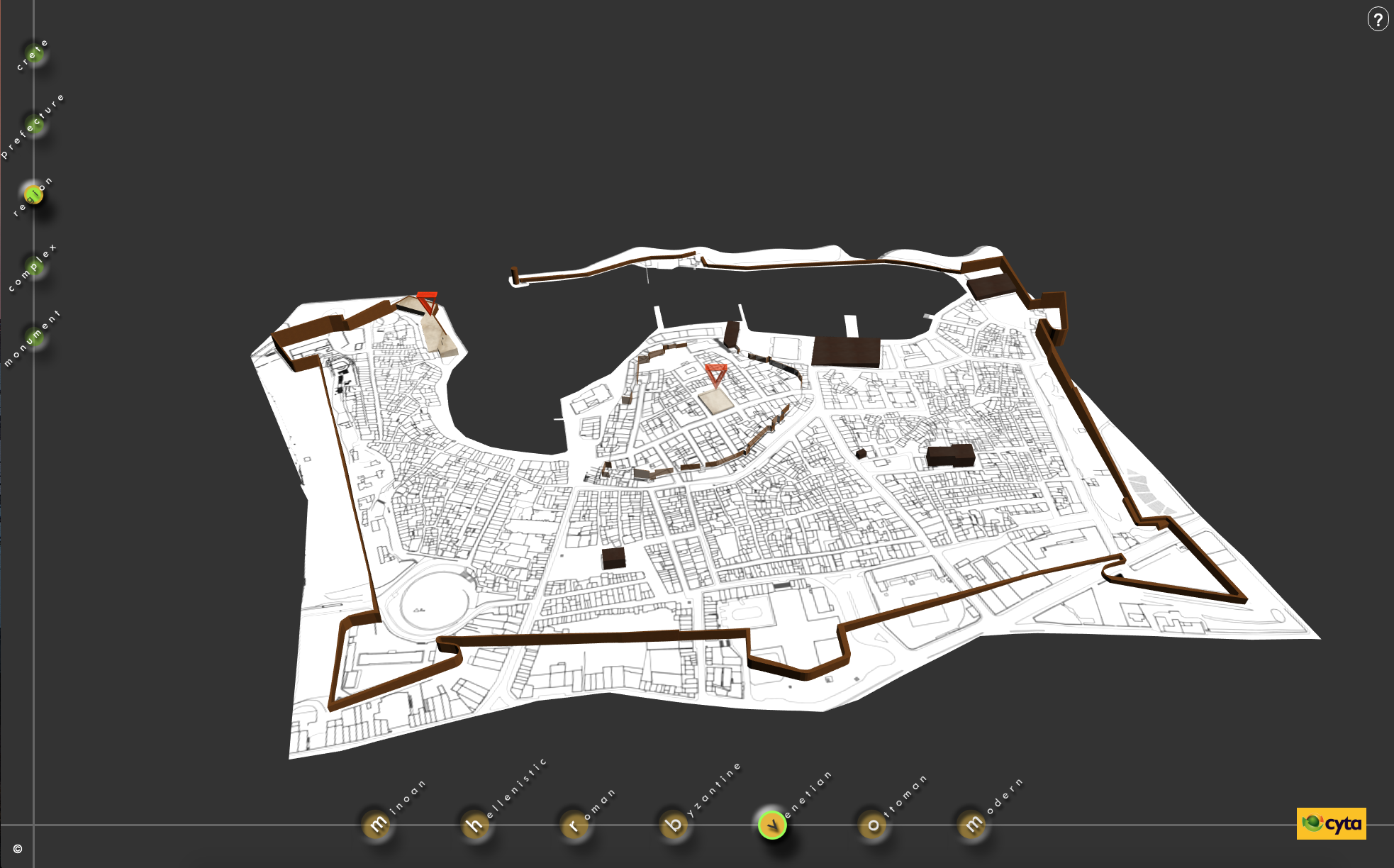SMART CITY
Smart Agora

At the intersection of digital technology and architectural design, a considerable overlap of the two has created new potential in the ways that space is perceived and new trajectories of design are determined. ICT and IoT technologies have contributed to the emergence of new smart hybrid spaces, enabling knowledge transfer in a twofold way: on the one hand, architects and designers can use metrics to evaluate user-building interaction. On the other hand, users are able to quickly gain a deep understanding of the building in use. A number of research studies have focused predominantly on evaluating user behavior in intelligent environments, specializing mostly on energy consumption. However, fewer studies encompass the comparison of user spatial experiences with and without the use of new digital technologies. This research investigates how user spatial experience is transformed by the application of ICT and IoT technologies in built space. ICT is used to provide users with condensed information on the building, while IoT serves as a user-location tracking tool within the space under examination. The research team used qualitative and quantitative methods to analyze behavioral change between ICT and non-ICT users, aiming to establish a theoretical framework of understanding user interaction with built space.





